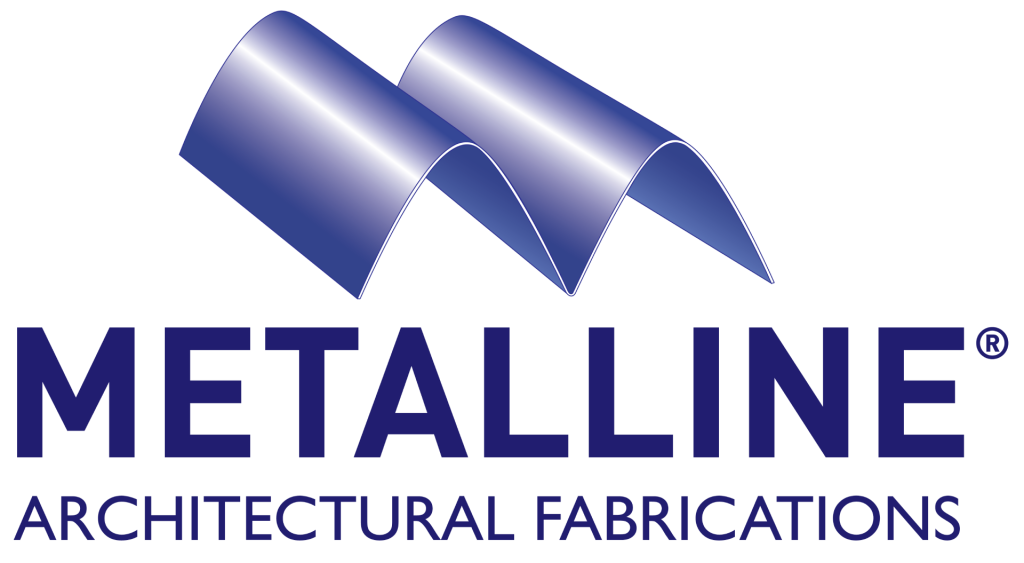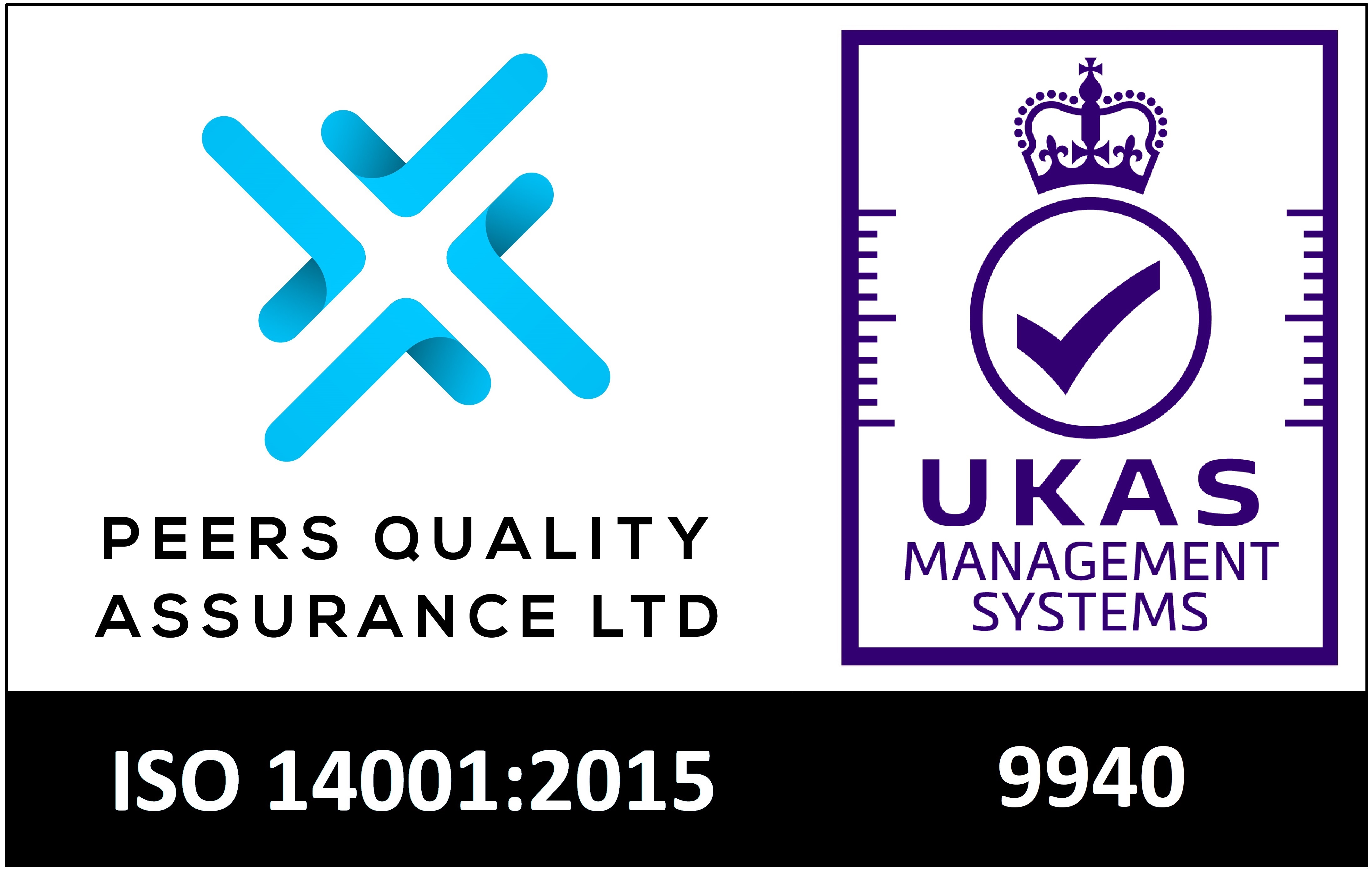Replacement Cladding
According to the latest Government figures, only 976 buildings out of 4,329 currently known buildings that have combustible material on their facade have completed remediation. It is thought that many more buildings, yet to be identified, will be brought into the current cladding crisis.
High-risk residential buildings (HRRB) which are encompassed in the cladding crisis must be reclad with non-combustible cladding systems. Metalline have almost 35 years’ experience supplying fire-rated cladding products and have begun supplying fully fire-tested systems to remediate these dangerously clad buildings.
Replacing Combustible Cladding
Metalline offer a range of A1 and A2, rainscreen cladding and spandrel panel systems in accordance with BS EN13501-1 standards. We have gone above and beyond to ensure each significant component meets this requirement as well as conducting a full-scale test to BS 8414-2:2020 to assess how our rainscreen system will perform in the event of a fire.
Constructed from non-combustible materials the ULTIMA Spandrel Panel and UNITY Rainscreen Cladding systems can be specified in a range of finishes including anodised Natural Silver, Bronze 541-549, Black, Regency Gold 1 & 2 and a specialist ANOLOK finish in Blue-Grey and Stone Grey colours.
What are the key features of non-combustible cladding panels?
The MHCLG published ‘Supplementary note to Advice Building Owners of Multi-Storey, Multi occupied Residential Buildings’ (November 2020).
It adds a summary note to advice originally published in Jan 2020:
- ACM cladding (and other metal composite material cladding) with unmodified polyethylene filler (cat 3 in screening tests) presents a significant fire hazard on residential buildings at any height with any form of insulation. Action should be taken as soon as possible.
The advice says that owners of any building that has other forms of cladding should consider the risk of external fire spread and need for remediation if that building:
- Is 18m or more in height from the top occupied storey
- Has residents who need significant assistance to evacuate (e.g. care homes or hospitals)
- Does not have, or have provision for adequate risk mitigation, and has been assessed by a suitable competent person as presenting an unacceptable risk to the life safety of residents, people in the proximity of the building, and fire fighters, regardless of the height of the building
The External Wall Fire Review Process
The External Wall Fire Review process (EWFR) was developed and became an industry-wide process agreed by the Royal Institution of Chartered Surveyors (RICS), UK Finances and the Building Societies Associations (BSA).
An EWS1 Survey allows for the inspection of the external wall systems of a building to make sure that it does not pose a fire risk to the people that may live or work inside it. The survey will identify if any remedial work is needed, and the findings of the survey are confirmed using an EWS1 Form.
An LKP survey of EWS1 (September 2020) shows that 90% of cladding sites DO need remediation with 86% of these requiring urgent measures such as waking watch.
Contact Us

Metalline (Services) Ltd,
Hollies Park Road,
Cannock,
Staffordshire,
WS11 1DB








